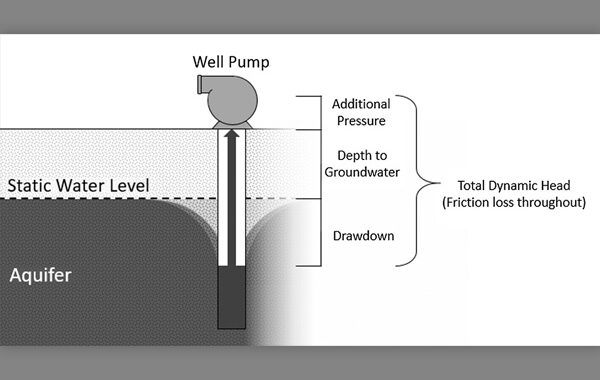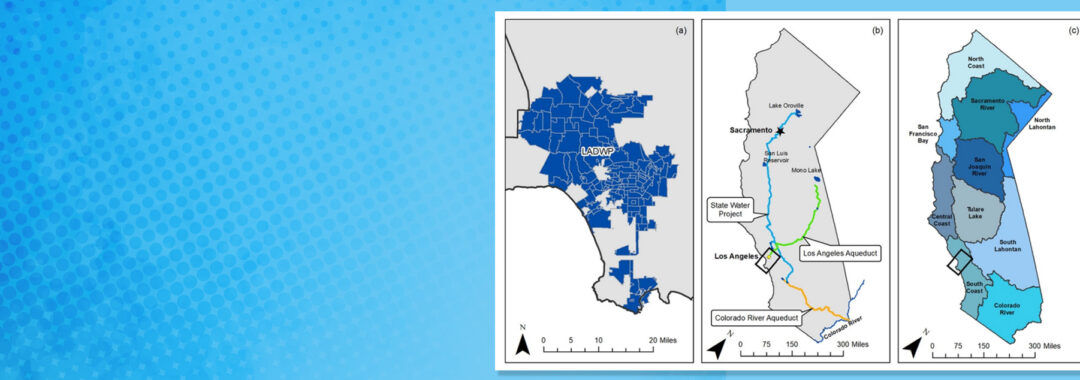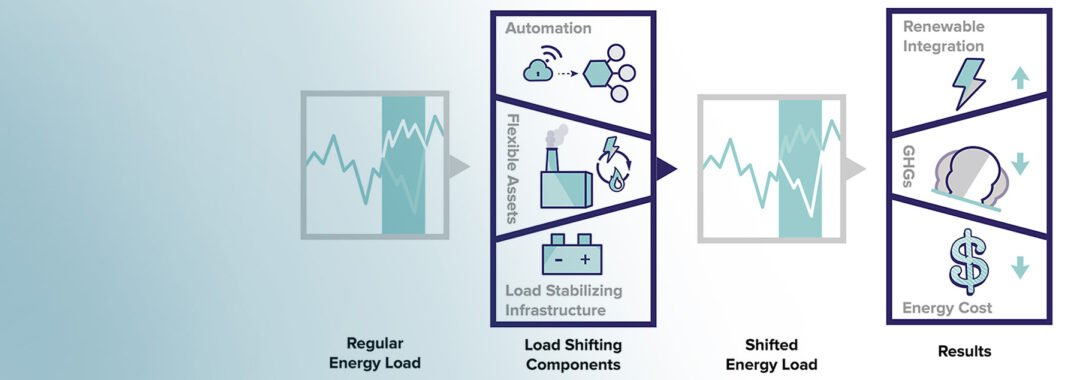Agricultural water use is the leading cause of groundwater overdraft in California. However, agencies tasked with managing groundwater resources do not have access to accurate and reliable measurements of groundwater extraction. Previous studies identified a relationship between pump energy consumption and groundwater extraction and indicated that the efficiency lift method (ELM) can produce reliable estimates of groundwater extraction if based on reliable data. Recent advances in the availability of electricity and pump operating condition data have made the ELM viable for estimating large-scale groundwater extraction. This study considered the feasibility of using the ELM to estimate groundwater extractions from both individual wells and larger areas and identified the best data sources available for such estimates. Researchers found mean error rates of 5% at the individual well level and 3.3% for collections of wells when using the most specific data sources available, such as pump test reports and spatial groundwater level datasets. This research suggests that the ELM is a reasonable approach for estimating groundwater extraction on a large scale.
Visit the Journal of Water Resources Planning and Management to read the full article.






